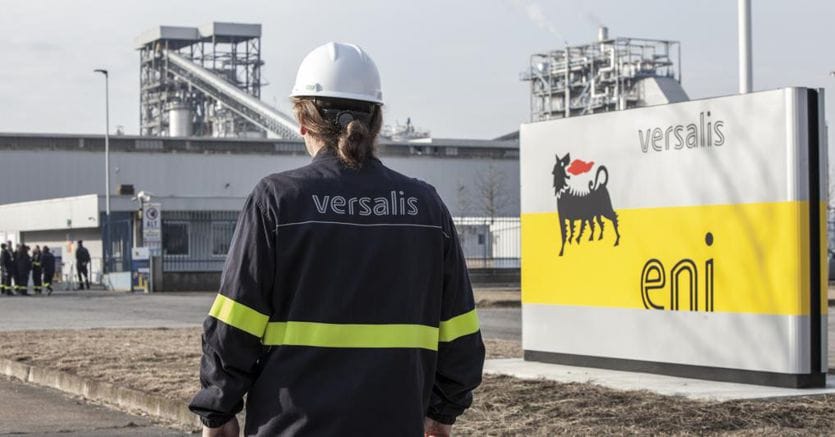In the war against the changing climate, the most complex challenge is also opening up in Italy. The challenge of capturing carbon dioxide, the gas accused of heating the climate. Eni has officially started the process to transform a old empty field of methane under the bottom of the Adriatic off the coast of Ravenna.
The «Application for authorization of the experimental program of geological storage of carbon dioxide in the cultivation concession AC 26.EA» was published in the official bulletin of hydrocarbon mining and geothermal activities Buig.
That project has long been within the most debated topics of the Pnrr, the recovery plan that makes use of European funding, from which so far it seems excluded.
There are a few lines, those of instance published in the sober Buig bulletin , but they say that in Italy too an attempt will be made to inject carbon dioxide, the climate-warming gas, into the subsoil; and this will be done in that Porto Corsini Mare field which had sealed off the methane for thousands of years, before the gas was extracted.
The disputes: poisoning the wells
Even before the project was started, the disputes had already begun.
For months there have been web pages where Nimby committees rise up against the devastation of Ravenna, in chats and debates on social platforms some tickle the fear of CO2 being pumped into wells and talk about mass poisoning and earthquakes.
Even a part of the environmental movement is strongly opposed to pumping CO2 into the subsoil, a technology considered by some ecologists to be a very expensive palliative intended to keep alive a production and consumption model they despise.
Loading…
The Aie: it is essential to eliminate emissions
Experts in the sector have a different opinion, such as International Energy Agency (Aie-Iea) which in the analysis outlined in mid-May established that carbon dioxide capture and confinement technologies are a tool without which it will not be possible to zero emissions.
Added to this is the cost of emission rights, which for some production segments are becoming prohibitive, costs such as to bring several companies out of the market and lead them to bankruptcy.
The so-called “hard to abate” sectors (ie those with high energy intensity in which carbon dioxide emissions are really “difficult to reduce”) are the most exposed, but European environmental policies have restricted the market for emissions rights of CO2 in order to increase them and make them become a fundamental element of company policies.
CO2 increases. Does burying her become competitive?
And it is happening.
For many years, a ton of CO2 had a cost in the order of a few euros, between 5 and 10 euros. A light value, it failed to reduce emissions.
Last year, by dint of regulatory adjustments and refinements, Europe tightened the emission value around 20 euros.
Today, with the new rigorous environmental policies, to emit a ton of carbon dioxide in Europe you have to pay over 40 euros in rights and the market is approaching 50, while forecasts speak of short and medium-term trends around 75 euros per ton .
Faced with these costs, expensive carbon dioxide capture and sequestration technologies could become interesting.
